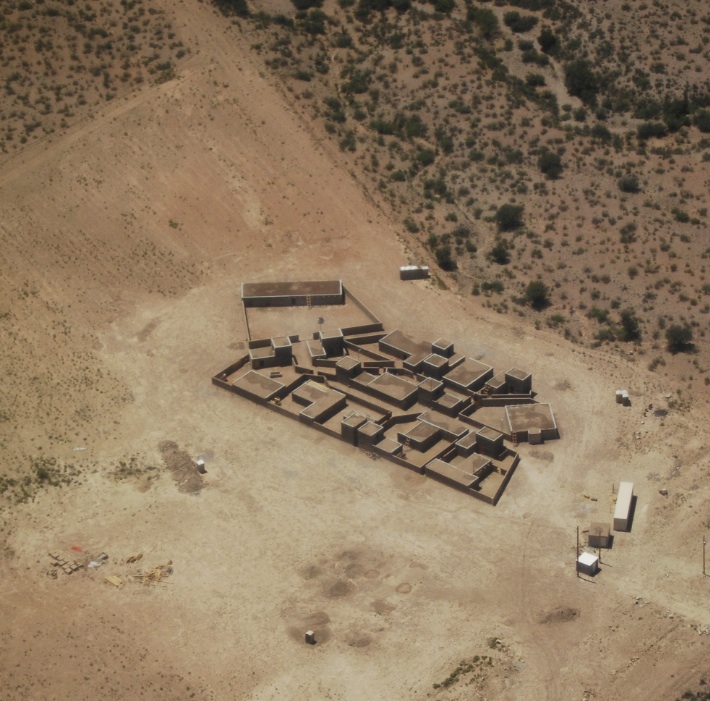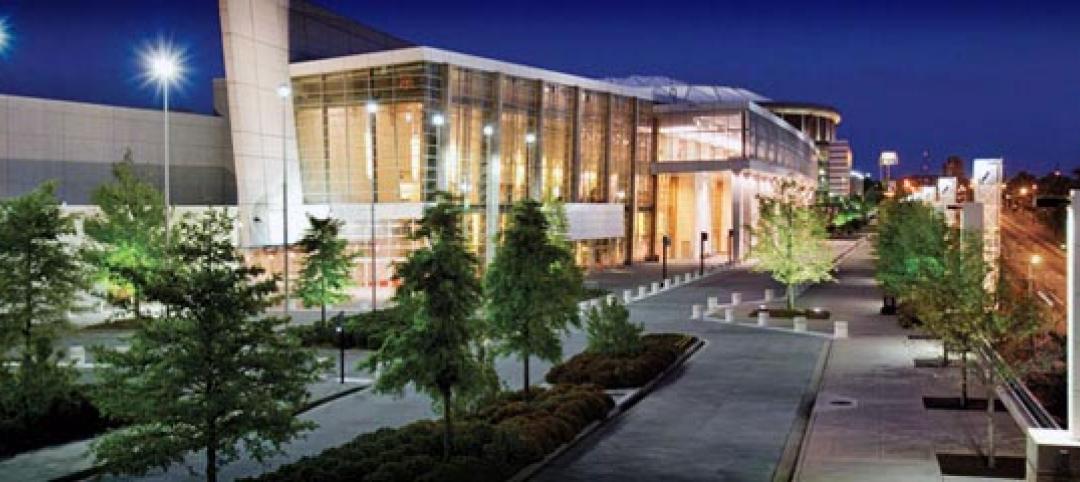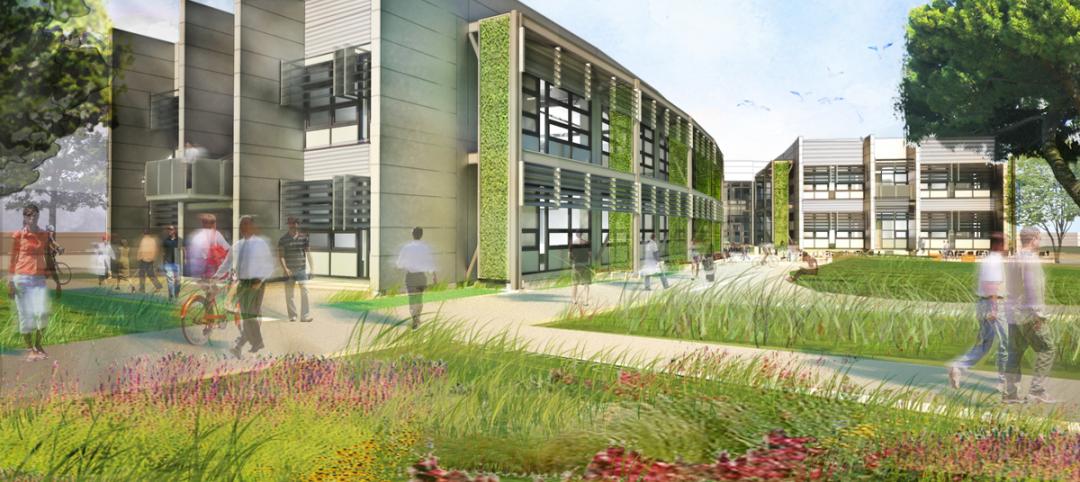The New Mexico Institute of Mining and Technology (NMT) saved three months and at least $300,000 building a replica of an Afghan village and marketplace for anti-terrorism training in Playas, N.M. With clients registered to use the facility before construction began, its owner chose Job Order Contracting because work could begin quickly and a proven contractor working on another project could be used.
The $300,000-savings was realized by refining and documenting the process used to make and lay adobe bricks in the buildings. With a new method and using on-site equipment, the contractor reduced the cost of each of the 300,000 bricks by $1. The cost of the project was $2.5 million.
Additional savings came from eliminating the administrative costs associated with the competitive bidding process. With Job Order Contracting in place, NMT’s chosen contractor had already agreed to complete specific jobs at specific prices. U.S. armed forces and federal law enforcement agencies train at the facility.
The Harry H. Mellon Award of Excellence recognizes excellence in principles and practices while identifying unique and innovative ways of using Job Order Contracting to complete construction projects. Repair, alteration, and maintenance work – the core of the Job Order Contracting system – is essential for the safe and efficient use of public buildings and infrastructure. While essential, this work is often not glamorous. This award recognizes the facility owners and managers who perform this important function in an efficient and effective way.
Related Stories
| May 10, 2011
Are green goals out of reach for federal buildings?
Many federal agencies are struggling to convert their existing buildings to meet green standards, according to the Office of Management and Budget. Of 20 agencies graded by the OMB on their compliance with green mandates, only seven met the 2010 mandate that requires at least 5% of their buildings meet energy-efficient and sustainable standards.
| Apr 22, 2011
GSA testing 16 emerging sustainable technologies, practices
The GSA is testing and evaluating 16 emerging sustainable building technologies and practices in select federal facilities under its Green Proving Ground program. Testing will determine the most effective technologies that may then be replicated on a wider-scale basis throughout the GSA inventory with the goal of transforming markets for these technologies.
| Apr 19, 2011
Is a building sustainable if it kills birds?
Migratory birds were flying into the windows and falling, dead or injured, to the foot of the LEED-Platinum FBI building in Chicago. The FBI building isn't the only LEED-certified structure to cause problems for migratory birds, however. Some of the more than 33,000 LEED-certified buildings in the U.S. use large amounts of glass to bring in natural light and save on energy—and all that glass can confuse birds.
| Apr 14, 2011
U.S. embassies on a mission to green the world's buildings
The U.S. is putting greater emphasis on greening its worldwide portfolio of embassies. The U.S. State Department-affiliated League of Green Embassies already has 70 U.S. embassies undergoing efforts to reduce their environmental impact, and the organization plans to increase that number to more than 100 by the end of the year.
| Apr 13, 2011
Southern Illinois park pavilion earns LEED Platinum
Erin’s Pavilion, a welcome and visitors center at the 80-acre Edwin Watts Southwind Park in Springfield, Ill., earned LEED Platinum. The new 16,000-sf facility, a joint project between local firm Walton and Associates Architects and the sustainability consulting firm Vertegy, based in St. Louis, serves as a community center and special needs education center, and is named for Erin Elzea, who struggled with disabilities during her life.
| Apr 12, 2011
Miami courthouse design does justice to children and the environment
Suffolk Construction broke ground recently for the Miami-Dade County Children’s Courthouse, a $328 million project the firm has a 30-month contract to complete.













